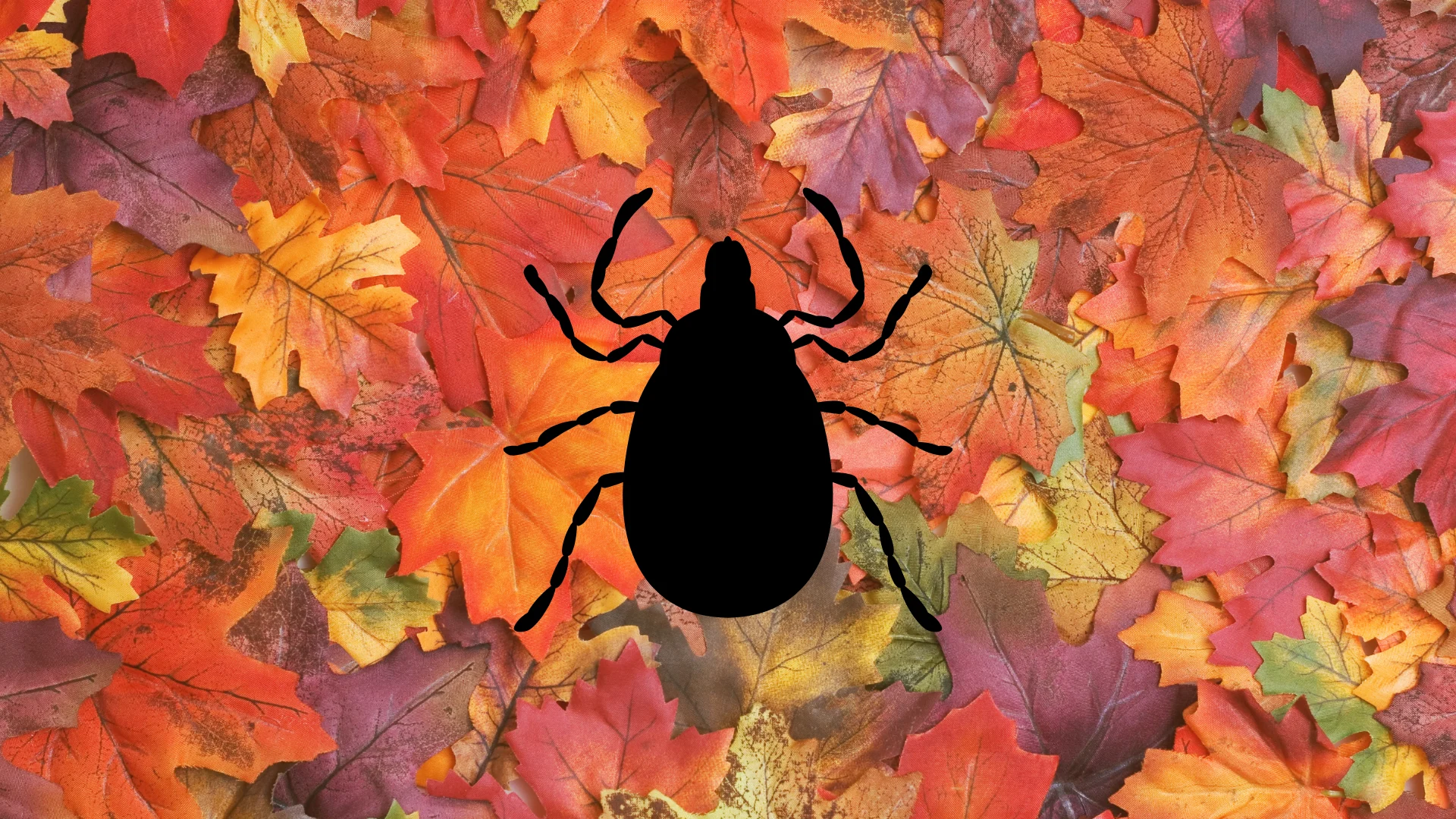
Friendly reminder: Ticks are still active in fall
Ticks: They're still out there, lurking in the leaves.
The cooler weather associated with fall makes it a popular time for the perfect time for nature walks, school field trips, and hikes.
And that means it's time for your annual reminder: Ticks are still active in the fall and, if the weather remains warm enough, even survive through the winter.
You're most likely to encounter ticks in shrubs, near trees, tall grass, and piles of wood and leaves.
Ticks are active any time the temperature is consistently above freezing, and there isn't any snow on the ground, reads a statement on the Government of Canada's website.
Ticks and Lyme disease
Not all ticks cause Lyme disease.
There are several types of ticks found in Canada. Only black-legged ticks can transmit the bacteria Borrelia burgdorferi that causes the condition, and that's only if the tick is infected with the bacteria.
Lab studies show that black-legged ticks are active anytime above four degrees Celsius, Katie Clow, an assistant professor at Ontario Veterinary College, told The Weather Network in 2021.
Black-legged ticks prefer wooded and brushy areas and places where humidity is higher. They're most active in humid conditions when temperatures are lower.
Early detection is one of the best ways to treat Lyme disease. Experts say the condition is rising in Canada and the U.S. due to ticks expanding northward and warmer weather, which helps the arachnids survive in previously too-cold climates.
Lyme disease symptoms can take three days to one month to occur. The condition is treatable with antibiotics.
RELATED: A single tick can spread up to 17 different infections
Header image: Created in Canva by Cheryl Santa Maria.










